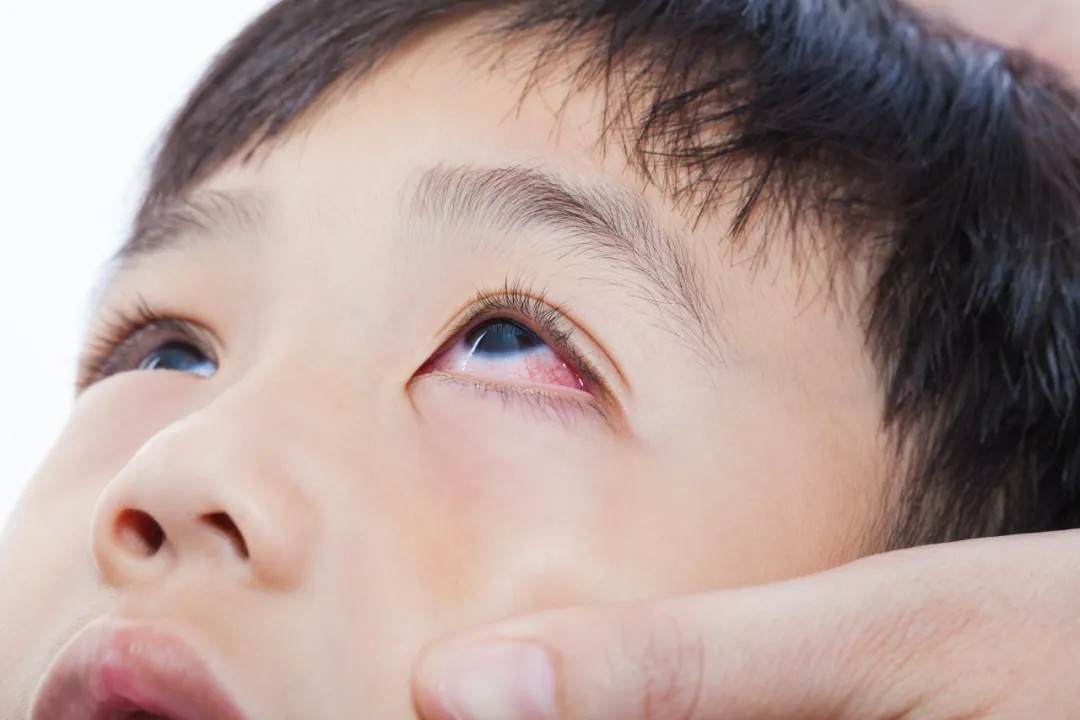"Mom, look! Do my dark circles look like Nezha’s?"
Six-year-old Doudou exclaimed while pointing at himself in the mirror. His mother, who had assumed his dark circles were just from staying up late playing, was stunned when the ENT specialist diagnosed: "Your child’s dark circles are caused by allergic rhinitis and require systematic treatment."
Though parents often blame late nights or exhaustion for their child’s dark circles, few realize allergic rhinitis could be the culprit—even if the child sleeps early!

01. Why Does Allergic Rhinitis Cause Dark Circles?
The primary reason is impaired venous return due to nasal congestion. The nasal cavity connects to the eye’s venous system (e.g., facial and angular veins). When allergic rhinitis causes nasal mucosal swelling, increased venous pressure in the nasal cavity obstructs blood flow, leading to blood pooling and dilation of periorbital veins. Hemoglobin breakdown products (e.g., hemosiderin) then deposit into the thin skin around the eyes, creating a bluish-purple vascular-type dark circle.
Other contributing factors:
Inflammatory mediators like histamine increase vascular permeability.
Nasal congestion disrupts sleep quality.
Rubbing eyes or allergic conjunctivitis causes mechanical damage or barrier disruption.
Chronic inflammation stimulates melanocyte activity, worsening pigmentation.
02. Other Eye Changes Linked to Allergic Rhinitis
Beyond dark circles, allergic rhinitis can alter eye appearance. Parents should watch for:
Eyelid Swelling: Histamine release increases capillary permeability, causing puffiness and itching.
Periorbital Erythema: Activated mast cells release histamine, dilating blood vessels and causing redness around the eyes (sometimes spreading to the face).
Ocular Congestion: Nasal inflammation reflexively increases tear production, worsening eye redness under cold air or bright light.
Classroom Supplement: Allergic Rhinitis Quietly "Reshapes" Children’s Faces
Beyond dark circles, allergic rhinitis may alter facial features:
Danielle Morgan Folds: Radial lines under the eyes resembling "cute crow’s feet."
Allergic Salute: Repeated nose-rubbing due to itchiness, mimicking a salute gesture.
Allergic Wrinkles: Horizontal creases on the nose tip from constant rubbing.
These changes often emerge in preschool years—early observation and intervention are key.
03. Parent’s Three-Step Plan to Beat Dark Circles
If dark circles persist for over two weeks, parents must act:
Observe Symptoms
Watch for classic allergic rhinitis signs: sneezing, runny nose, congestion, or itching. Concurrent dark circles strongly suggest allergic rhinitis.
Seek Professional Evaluation
Visit an ENT specialist for nasal exams (e.g., turbinate swelling, mucosal inflammation) and allergy testing.
Comprehensive Treatment
Medical Interventions: Nasal corticosteroids, oral antihistamines, or saline rinses to reduce nasal swelling and congestion.
Lifestyle Adjustments: Ensure adequate sleep, limit screen time, and apply gentle eye massages.
Key Takeaway: Persistent dark circles in children warrant medical attention—they may signal underlying allergic rhinitis requiring targeted care.
